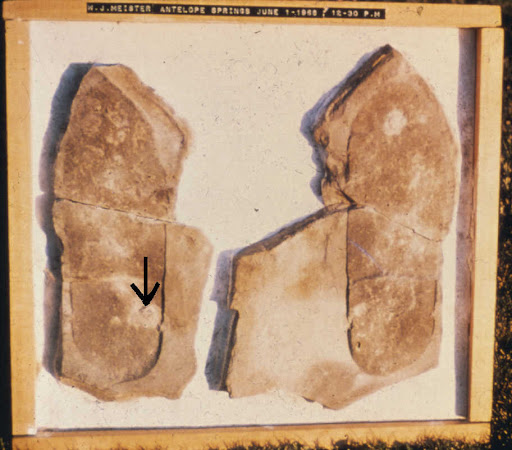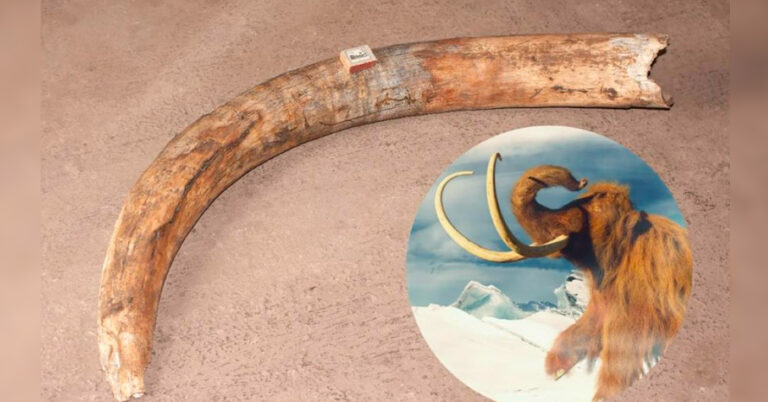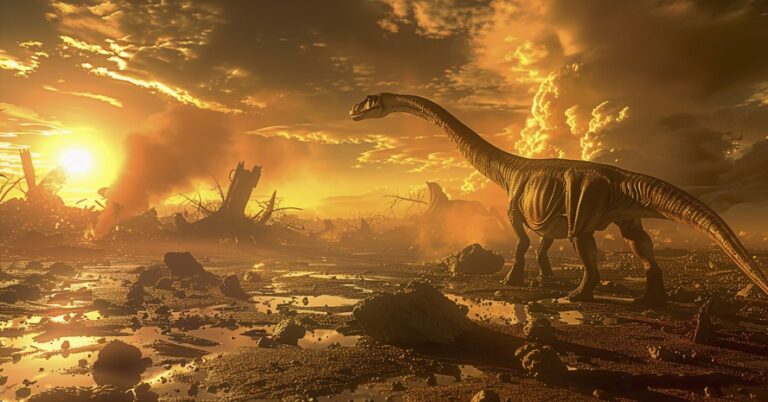The claim of a 500-million-year-old human-like footprint embedded in Cambrian-era rock formations has sparked considerable intrigue and debate. However, upon closer examination, this assertion conflicts with well-established scientific understanding of Earth’s biological and geological history.
Understanding the Cambrian Period
The Cambrian period, spanning approximately 541 to 485 million years ago, is renowned for the “Cambrian Explosion,” a pivotal era marked by a rapid diversification of marine life. This period witnessed the emergence of various marine organisms, including trilobites and brachiopods. Notably, terrestrial ecosystems had not yet developed, and complex land-dwelling organisms, such as humans, were still hundreds of millions of years away from appearing on Earth.
If a footprint-like structure truly existed in Cambrian rock, it would fundamentally challenge what is known about evolutionary history. However, no credible scientific study supports this claim, and similar discoveries in the past have often been explained by natural geological processes.
Evaluating the Footprint Claim
One prominent example often cited in discussions about ancient human-like footprints is the “Meister Print.” Discovered in 1968 by William Meister near Antelope Springs, Utah, this artifact appears to depict a human shoe print with trilobites embedded within it. Initially, some interpreted this as evidence of human existence during the Cambrian period. However, subsequent analyses by geologists and paleontologists have debunked this claim, attributing the formation to natural geological processes such as spalling, where rock slabs fracture and create shapes that can resemble familiar objects.

Other similar cases of supposed ancient human footprints have been reported, but none have withstood rigorous scientific scrutiny. Experts widely agree that these are either misidentified fossils, unusual rock formations, or outright hoaxes.
Alternative Explanations
- Natural Geological Formations: Many “footprint” discoveries turn out to be natural rock formations shaped by erosion, mineral deposition, or fracturing over millions of years. The phenomenon of pareidolia—the tendency for the human brain to perceive familiar patterns in random natural formations—can lead to mistaken interpretations of such findings.
- Fossilized Tracks of Ancient Marine Organisms: Some alleged footprints may actually be the tracks of extinct marine organisms that lived during the Cambrian period. The distinctive shapes of some fossilized burrows or feeding traces can sometimes be misinterpreted as footprints.
- Hoaxes and Misinterpretations: Over the years, several so-called “out-of-place artifacts” (OOPArts) have been debunked as either hoaxes or misidentifications. Without proper scientific verification, extraordinary claims such as a human footprint in Cambrian rock should be met with skepticism.
Conclusion
Despite sensational claims, there is no credible scientific evidence supporting the existence of a 500-million-year-old human footprint. The Cambrian period was a time of marine life expansion, not terrestrial human activity. Geologists and paleontologists continue to stress the importance of rigorous scientific analysis when evaluating such discoveries. While the mystery of the “footprint” may captivate the imagination, science provides logical explanations that align with our understanding of Earth’s history.




